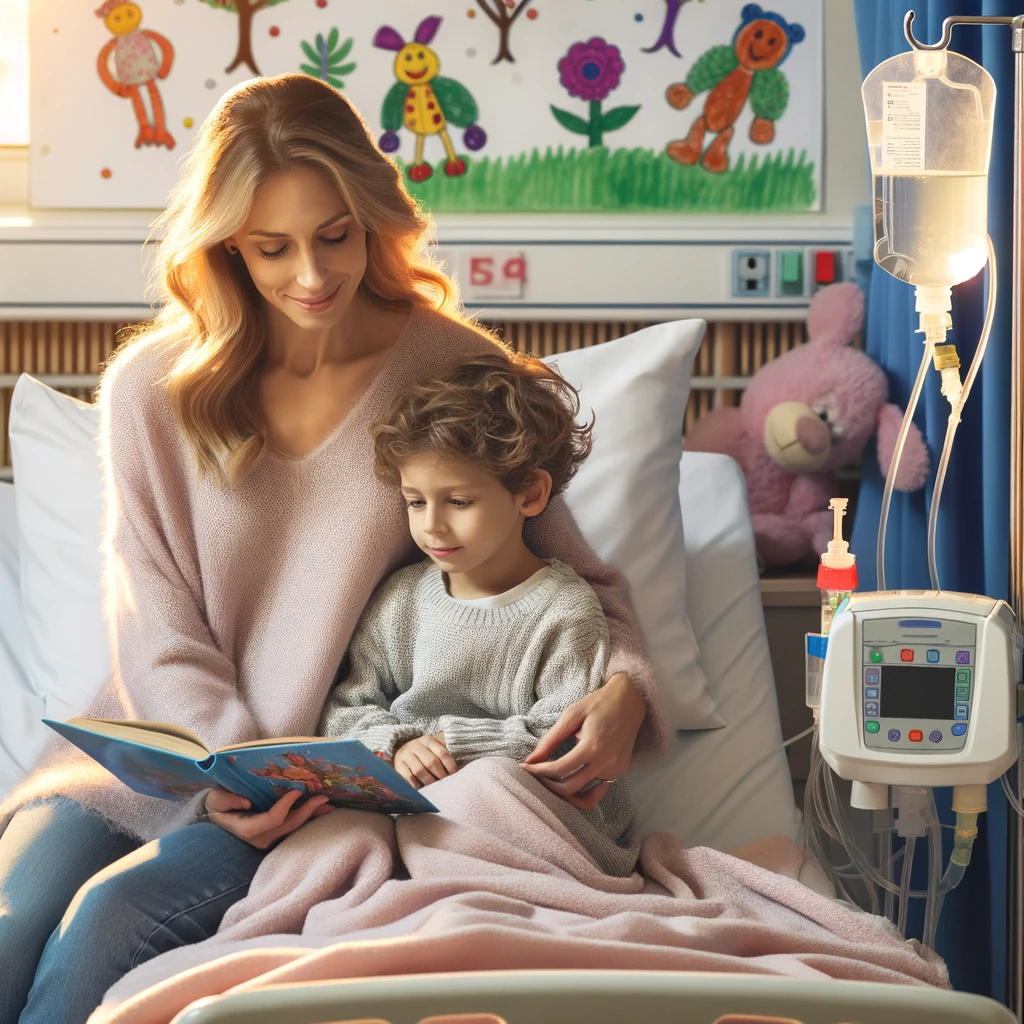
Understanding Childhood Leukemia
Kay
- 0
Introduction
Leukemia is cancer of the blood stem cells that start in your bone marrow and move to your lymphatic system. One of the most common cancers afflicting children, it is one we can all learn about because we may need to, someday. In this article, we’re going to walk through what leukemia is, why kids’ blood gets sick, and how we fight it off from the get-go.
What Causes Leukemia in Children?
Why my child? Scientists haven’t pinpointed why children develop leukemia, it is usually a combination of genetic predisposition as well as environmental factors that leave kids more vulnerable. No one factor can explain increasing numbers of children getting this illness; instead diagnosis is a logarithmic guessing-game, with scientists gaining increasingly more specific insights. In some cases, certain genetic mutations seem to point to high-risk kids, while other times, kids might have been exposed to high levels of radiation or toxins but this is much rarer.
Types of Childhood Leukemia
The different kinds of leukemia have a common name, but for children this is usually Acute Lymphoblastic Leukemia (ALL); followed by Acute Myeloid Leukemia or AML, and then, much more rarely, chronic forms of leukemia. They all have strikingly different behaviors, and which type a child has, besides the age and other factors of the child, is an important factor to know when considering the optimal treatment.
Signs and Symptoms to Watch For
The pre-warnings of leukemia are elusive since the symptoms resemble even the common colds: persistent fatigue, infections that won’t go away, the flu that remains present for weeks, mild fever, bruising easily, or small patches of blood in the stools. If those symptoms are consistent, it may be time to see a doctor.
Diagnosing Childhood Leukemia
In diagnosing leukemia, physicians conduct a battery of tests, for example, blood tests to look for: leukemia cells or immature blast cells (seen in certain types of acute leukemia) abnormal blood cell counts (unusual amount of a certain blood cell type, especially white blood cells) blood abnormalities (high or low levels of platelets or low levels of red blood cells or hemoglobin) bone marrow tests to look for: leukemia cells, depending on the type of leukemia, in different areas of the bone marrow. If necessary, X-rays or MRI scans may be used.
Treatment Options
Childhood leukemia – particularly the most common type, acute lymphoblastic leukemia (ALL) – is now routinely treated with one of several chemotherapy regimens, along with radiation therapy for more severe forms of disease or to replace a stem cell transplant, which can be part of the treatment plan in difficult cases. The choice of therapy depends on the type of leukemia and the stage at which it is diagnosed.
The Role of Diet and Nutrition During Treatment
What a child eats may influence his or her strength and ability to tolerate treatment. Even with a catheter or surgery scar, a kid can’t survive on junk food. A well-balanced diet, given before and during treatment, alleviates side-effects and supports healing. Parents can aim for balanced meals and should know what foods to avoid while giving treatment.
Support Systems and Coping Mechanisms for Families
A diagnosis of leukemia in a child can be overwhelming. Families have to have the support of counselling, support groups and sometimes even therapy, to help children and their families cope with the psychological and emotional challenges of the disease.
Advancements in Treatment
The good news? The outlook for childhood leukemia has improved in recent years due to the discovery of multiple new drugs and targeted therapies with superior effectiveness and fewer side effects.
Life After Treatment: What to Expect
Then, the regimen of treatment is over, and the path recovers its focus on the vital goal of staying healthy, while also looking for possible signs of relapse. Survivors of childhood leukemia need to return for check-ups regularly, and many face certain long-term health issues, but many of the children move on to lead productive and active adult lives.
Educational Impacts and Adjustments
Students who have undergone treatment of leukemia will sometimes face challenges in returning to school. Some children will have diminished ability to learn and require special education classes to help them catch up academically and socially with their peers.
Legal Rights and Medical Care
These rights empower families to ensure that their child has access to medical care when needed and appropriate services in school. Understanding these legal rights can help parents advocate for their child.
The Importance of Awareness and Advocacy
Public awareness and advocacy help to fund research and change policies for the better and is what will help children with leukemia.
Global Perspective on Childhood Leukemia
Childhood leukemia is a complex condition whose incidence shows considerable variations at a global level, and whose treatment ranges from the perfect to the tragic, depending on different factors. Richer countries have better therapy and patient care available to them, compared to poorer, less medically sophisticated developing regions.
Conclusion
Leukemia is cruel and relentless, especially when it strikes children, but a combination of research, better treatments and networks of support have allowed us to be hopeful again. We can all help fight the disease and support those on the frontline if we stay on top of the latest news and remain active.
FAQs
What is the most common type of leukemia in children?
Acute Lymphoblastic Leukemia (ALL) is the most common form among children.
How can diet influence recovery during leukemia treatment?
A healthy diet will keep up a child’s strength, support the immune function and diminish the side effects of the treatment.
What are the latest advancements in leukemia treatment?
New targeted therapies and immunotherapies are improving treatment effectiveness and reducing side effects.
How does leukemia affect schooling?
Students frequently have to stay at home from school for days on end, and might need time out of class and even extra tutoring for schoolwork.
What support networks are recommended for families dealing with childhood leukemia?
Peer support groups, counselling services and online communities can offer vital emotional support and practical information.
Samsung Note 20 iPhone SE iPhone 11 LG Velvet Samsung Galaxy A51 Samsung Galaxy Z Fold2 LG V60 ThinQ LG K40 iPhone XR Samsung Galaxy A51


